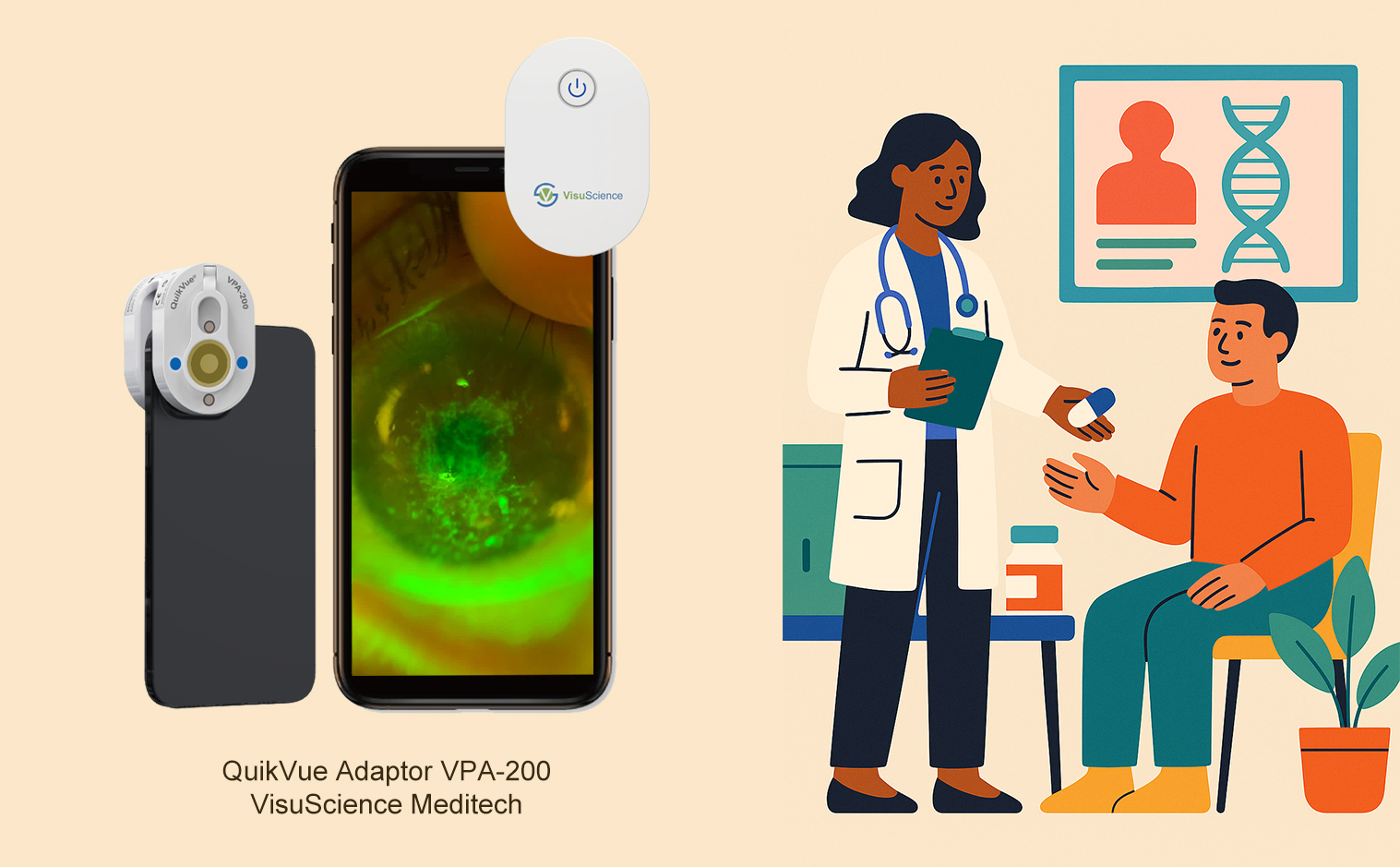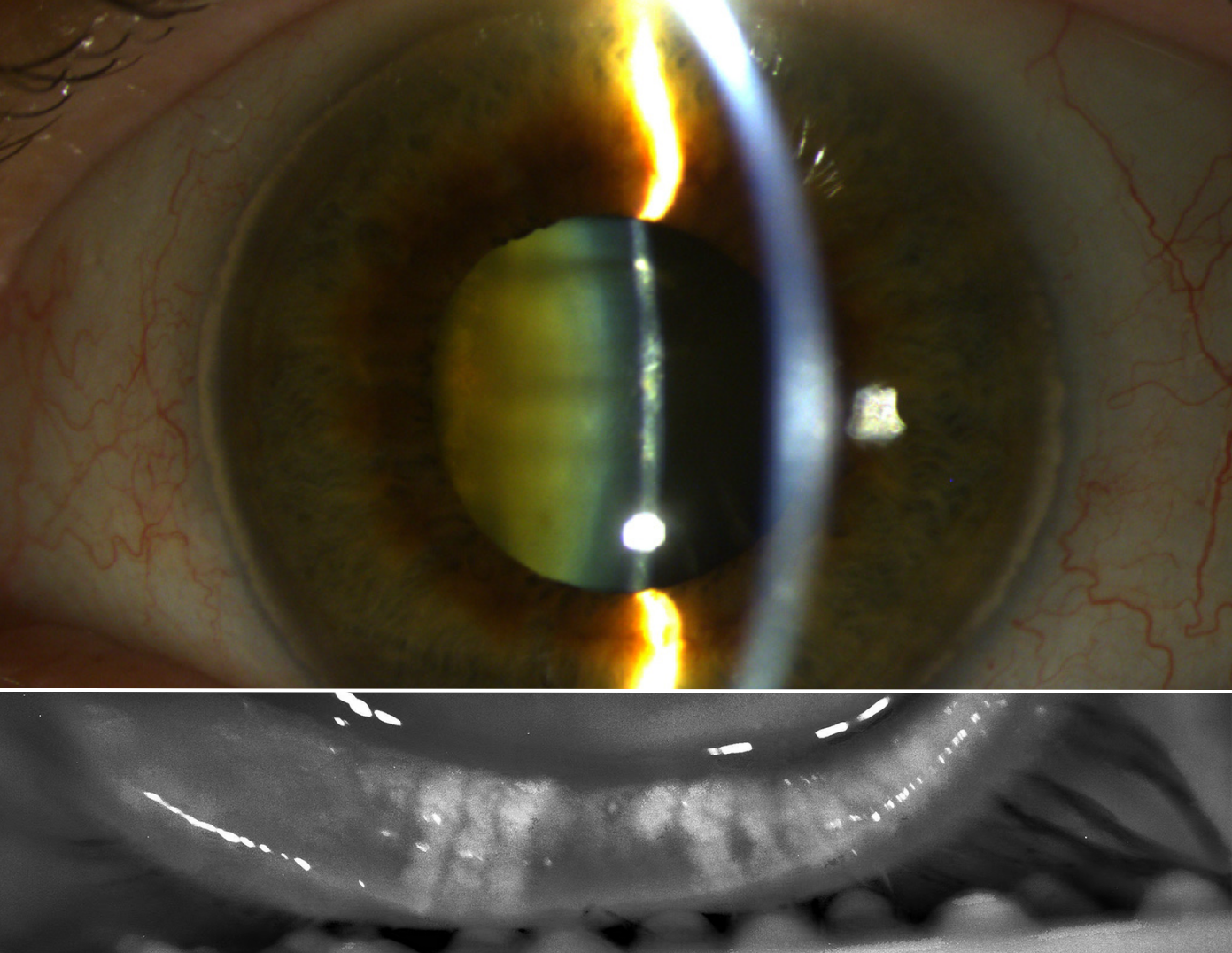Quikvue Vet Case Share Bilateral Amaurosis у европейской кошки
Мы рады поделиться тематическим исследованием ветеринара, захваченного адаптером визуализации глаз Quikv
Мужчина-кастрированная 8-летняя европейская кошка была представлена на двусторонний мидриаз без потери зрения.
Клиническое обследование: No abnormalities were found.
Офтальмологическое обследование: The menace response and Dazzle reflex were both positive, but the pupillary light reflexes were negative. The iris showed no atrophy, and the fundus was normal.
Неврологическое участие было подозревалось, and an MRI exam was recommended but not performed at that time.
Три месяца спустя, the cat was presented again with disorientation and vision loss progressing over several days.
Клиническое обследование: No abnormalities were found, and blood pressure was normal at 150 mmHg.
Офтальмологическое обследование: This time, a negative menace response was observed on the right and diminished on the left, with a negative Dazzle reflex. The rest of the examination was unremarkable.
МРТ экзамен was recommended again to explore intracranial causes, which was accepted this time. The MRI revealed a large mass invading the pituitary fossa and optic foramina, along with subtle signs of intracranial hypertension.
Объяснение: The nerve fibers responsible for the pupillary light reflex decussate after the optic nerve decussation, caudal to the optic chiasm. This anatomical feature could explain why bilateral mydriasis occurred before vision loss, as these neural pathways do notучаствовать в видении.










